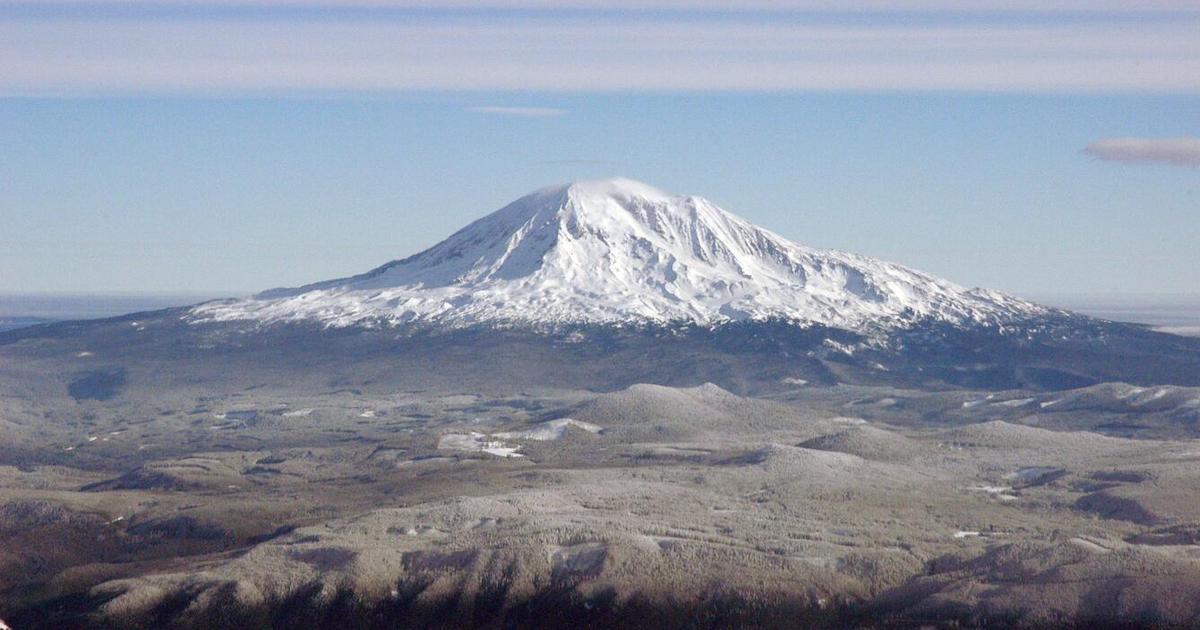
Mount Adams, a 3742 meter volcano located in Washington State, is showing signs of unusually high seismic activity.
That is according to the US Geological Survey (USGS), who recently released a statement explaining that the area has been hit by six earthquakes across September.
This is extremely high activity for the volcano, which usually experiences one volcano every two to three years. In fact, it’s the highest rate since monitoring of Mount Adams began in 1982.
However, as explained in the statement, there is no cause for concern, since the earthquakes were so mild that no seismic activity was felt at the surface:
“Currently, there is no indication that the level of earthquake activity is cause for concern, and the alert level and color code for Mount Adams remain at green (normal). Satellite imagery does not show any detectable ground deformation at the volcano.”
Furthermore, a team of experts are using additional temporary technology to aid their monitoring of the situation.
Though it’s not clear at this time why Mount Adams is experiencing such a significant increase in activity, USGS scientist Jon Major sought to reassure the public in an interview with Oregon Public Broadcasting.
“Mount Adams generally is fairly quiet. This time, it’s decided to perk up a little bit and talk to us a little bit more. Exactly why it’s talking to us, we don’t know for sure. But there’s no indication right now that the volcano seems to be degassing in any way.”
This will be good news for local residents, for whom the quiet volcano has not caused a problem for thousands of years. Despite being the state’s largest, and second tallest active volcano, it last erupted somewhere between 3,800 and 7,600 years ago.
In fact, Mount Adams has only produced eruptions resulting in lava flows four times in the last 12,000 years – and even these eruptions were so small that only a few miles from the crater were affected.
Slightly more alarmingly though, Mount Adams is categorised by the USGS as a high-threat volcano.
However, this takes into account all kinds of possibilities, including how local communities could be affected and how many planes and other infrastructure could be impacted if it did erupt. This ranking is not all to do with the potential power of the volcano itself.
When it comes to Mount Adams, potential eruption threats are more related to ash clouds, as well as fast-flowing streams of rock, ash, and ice. These have occurred in the last century, but again, the impacts of these were limited.
Despite the seemingly low risk to locals, the USGS are monitoring the seismic activity at Mount Adams closely and – as a high-threat volcano – they are continuing to increase their monitoring capacity at the site.
If you thought that was interesting, you might like to read about the mysterious “pyramids” discovered in Antarctica. What are they?